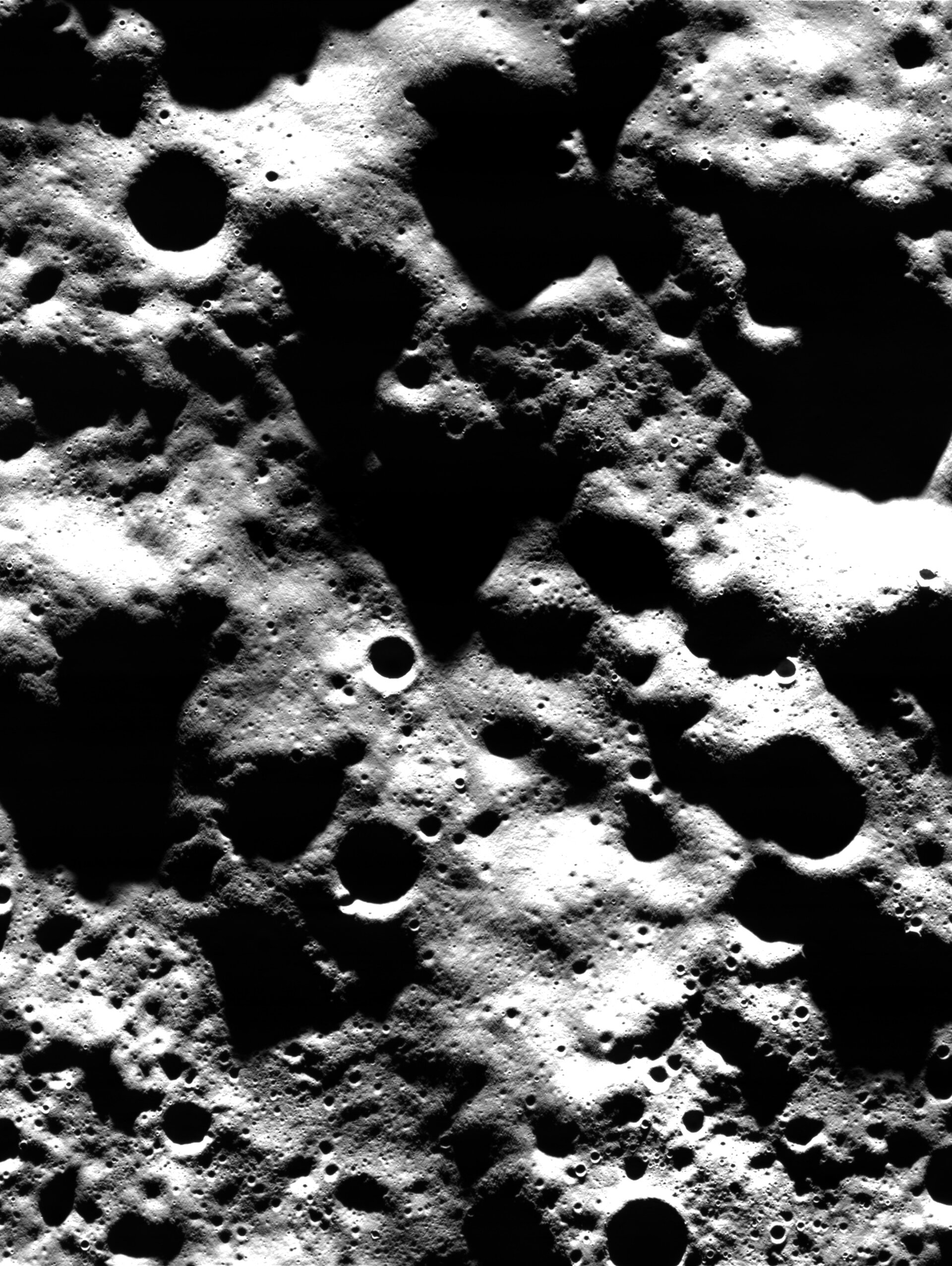First views from Juice’s science camera
Since ESA’s Jupiter Icy Moons Explorer (Juice) flew by the Moon and Earth earlier this week, we’ve seen images from its monitoring cameras and we’ve seen images from its navigation camera. Today we reveal the first images from its scientific camera, JANUS, designed to take detailed, high-resolution photos of Jupiter and its icy moons.
JANUS will study global, regional and local features and processes on the moons, as well as map the clouds of Jupiter. It will have a resolution up to 2.4 m per pixel on Ganymede and about 10 km per pixel at Jupiter.
The main aim of JANUS’s observations during the lunar-Earth flyby was to evaluate how well the instrument is performing, not to make scientific measurements. For this reason, JANUS took images with various camera settings and time intervals – a bit like if you’re going out to test a DSLR camera for the first time.
In some cases, researchers intentionally ‘blurred’ the images so that they can test out resolution recovery algorithms. In other cases, they partially saturated the image to study the effects induced on the unsaturated areas.
The name JANUS comes from the Latin phrase 'Jovis, Amorum ac Natorum Undique Scrutator', or roughly 'Scrutiniser of Jupiter, and all his loves and descendants'. Jupiter's four largest moons – the main focus of Juice’s mission – are named after protagonists in the 'love affairs' of Zeus, the equivalent of Jupiter in Greek mythology.
JANUS will transform our knowledge of Jupiter’s icy moons, by capturing them with a resolution and coverage 50 times greater than previous cameras sent to the Jovian system. The camera is equipped with an onboard computer that manages all instrument functions, processes commands, and sends data back to Earth.
In imaging our own Moon, with no atmosphere, JANUS could test out how it will function at Ganymede, Callisto and Europa. In contrast, Jupiter itself has a huge, turbulent atmosphere; JANUS’s images of Earth can better simulate imaging the different layers and components of Jupiter’s atmosphere.
For more information, see the original press release from the Italian National Institute for Astrophysics (INAF).
Note: These images are preliminary and have not been processed to use for science
JANUS was developed by an industrial consortium led by Leonardo SpA, under the supervision of the Italian Space Agency (ASI) and in collaboration with the Italian National Institute for Astrophysics (INAF), which is responsible for instrument science, the German Aerospace Center (DLR), CSIC-IAA in Granada (Spain) and CEI-Open University in Milton Keynes (UK).















 Germany
Germany
 Austria
Austria
 Belgium
Belgium
 Denmark
Denmark
 Spain
Spain
 Estonia
Estonia
 Finland
Finland
 France
France
 Greece
Greece
 Hungary
Hungary
 Ireland
Ireland
 Italy
Italy
 Luxembourg
Luxembourg
 Norway
Norway
 The Netherlands
The Netherlands
 Poland
Poland
 Portugal
Portugal
 Czechia
Czechia
 Romania
Romania
 United Kingdom
United Kingdom
 Slovenia
Slovenia
 Sweden
Sweden
 Switzerland
Switzerland


































